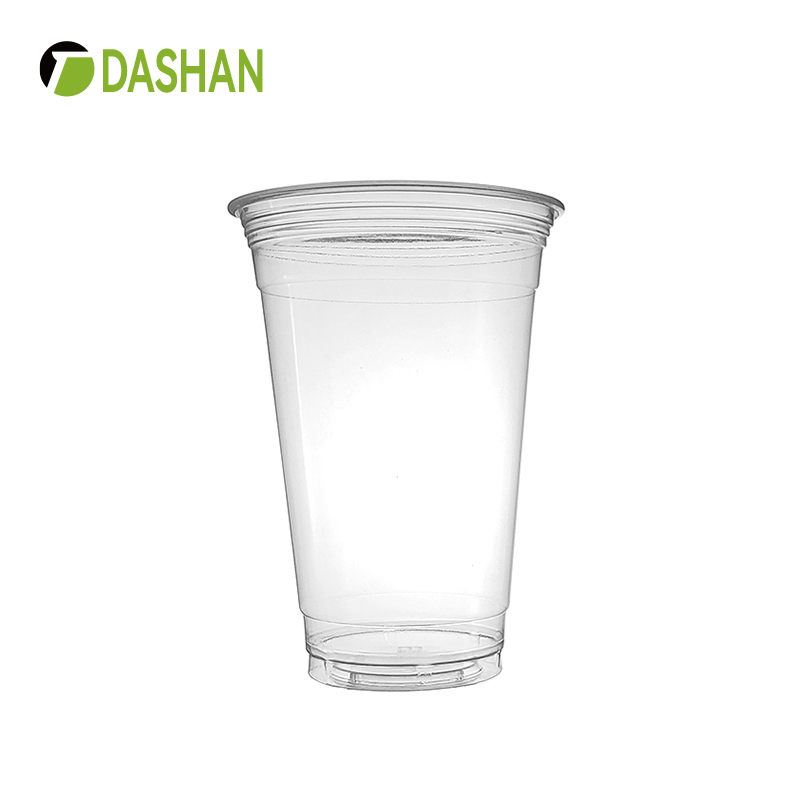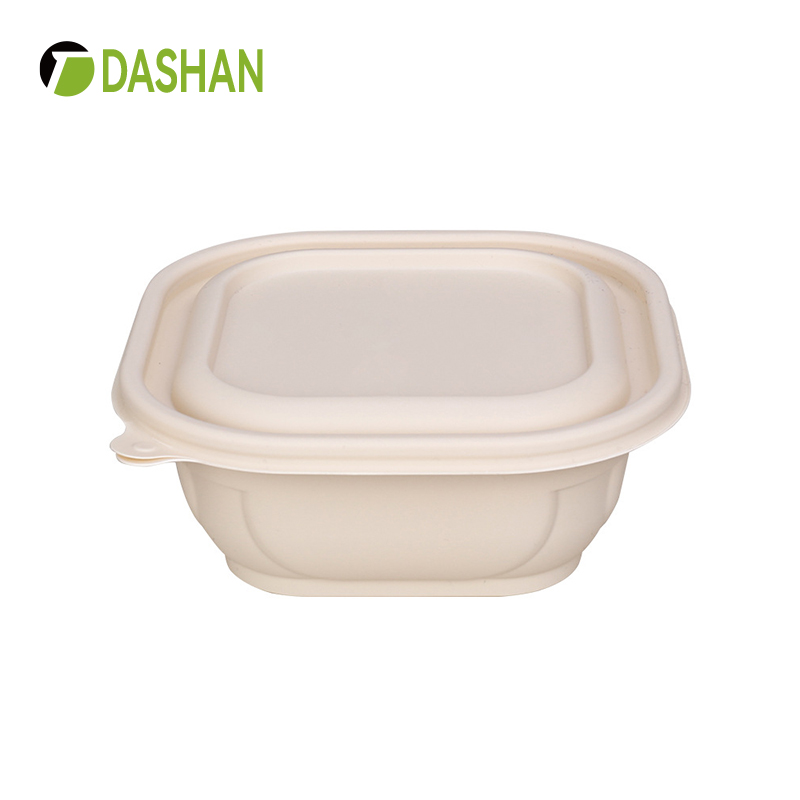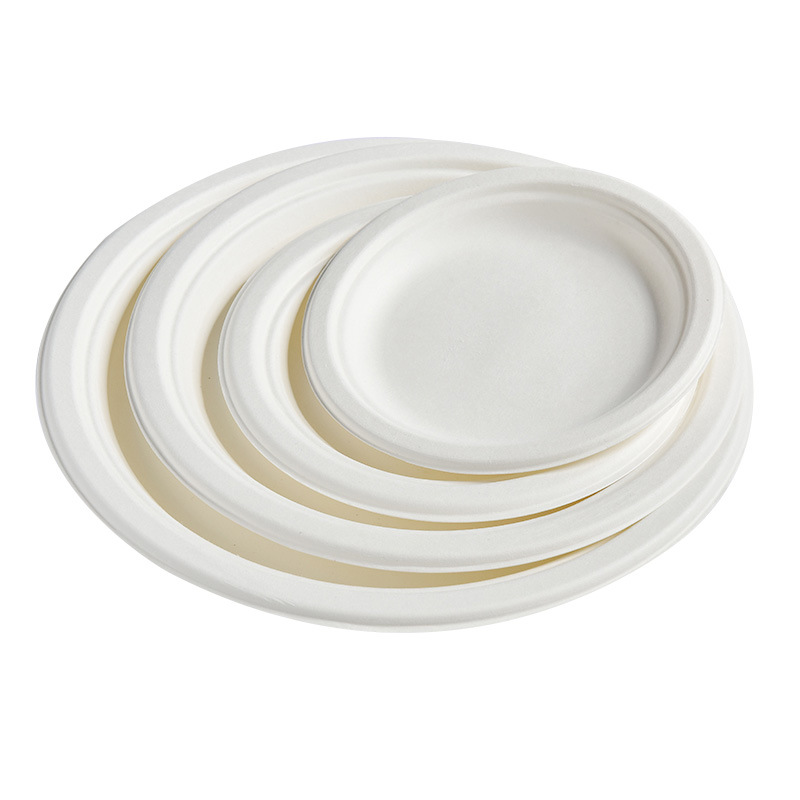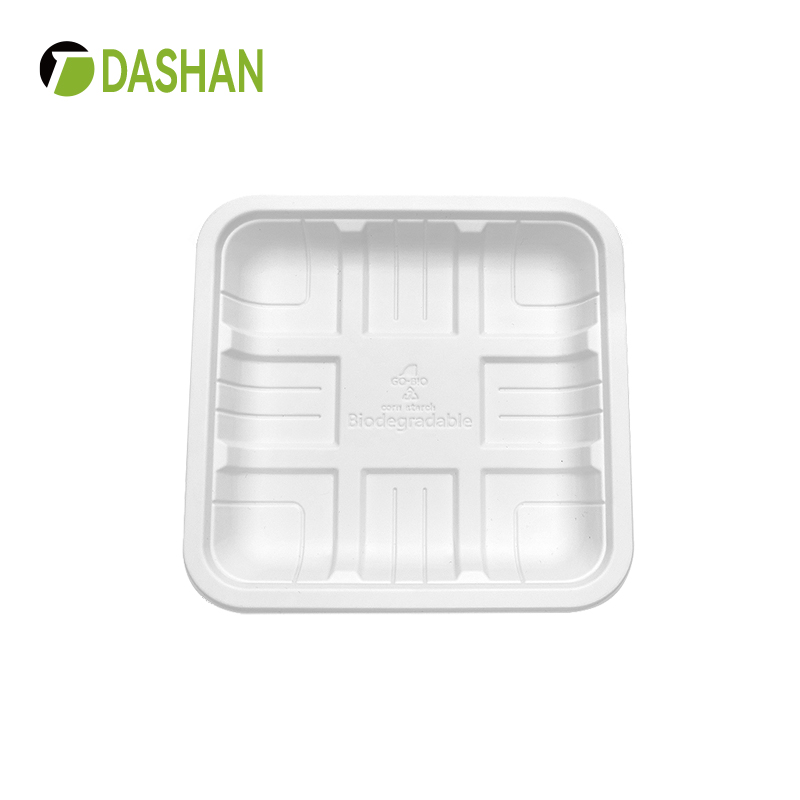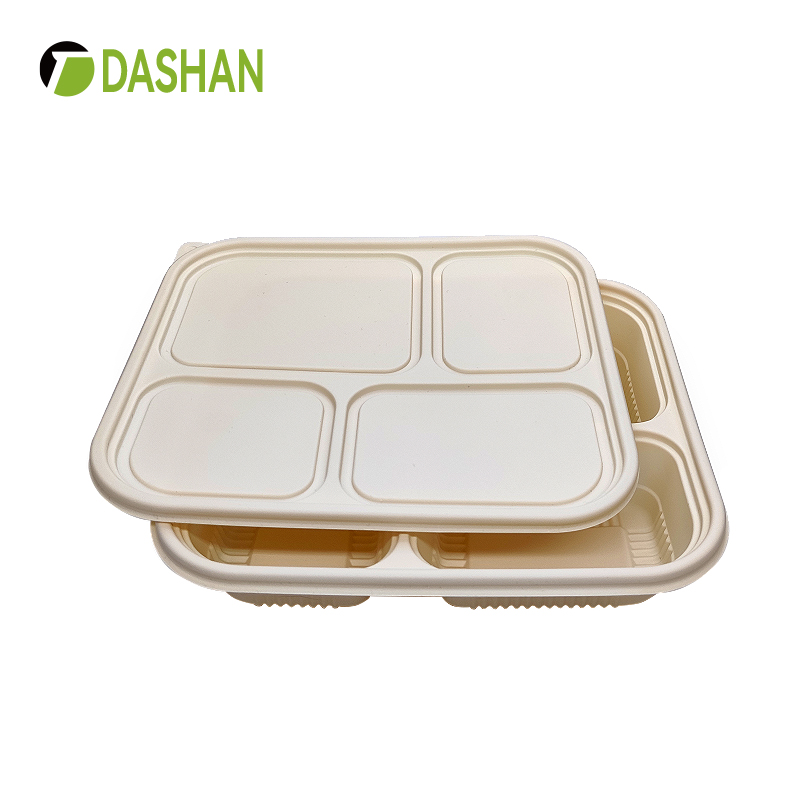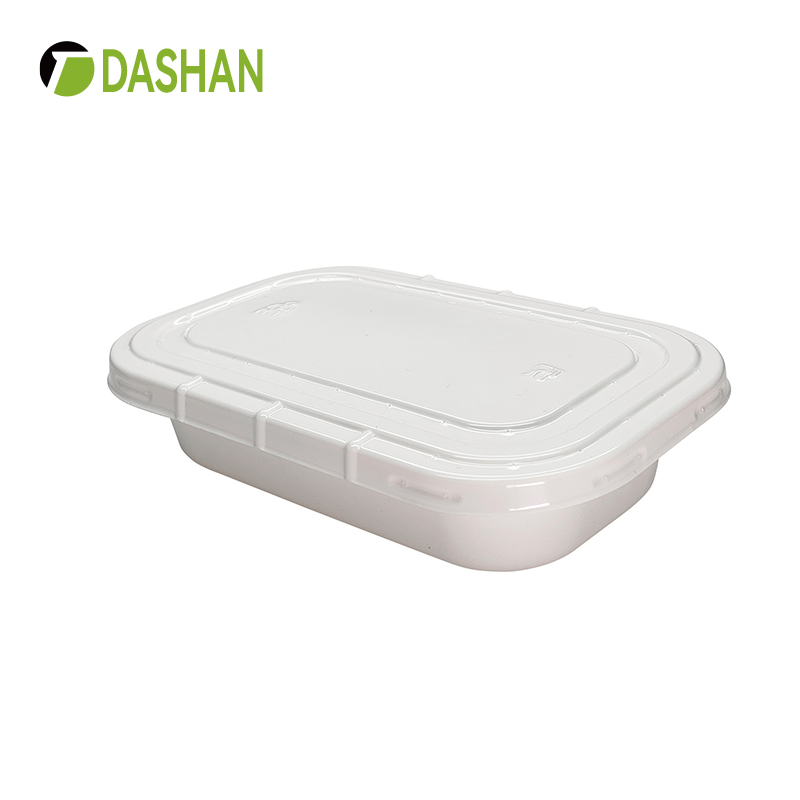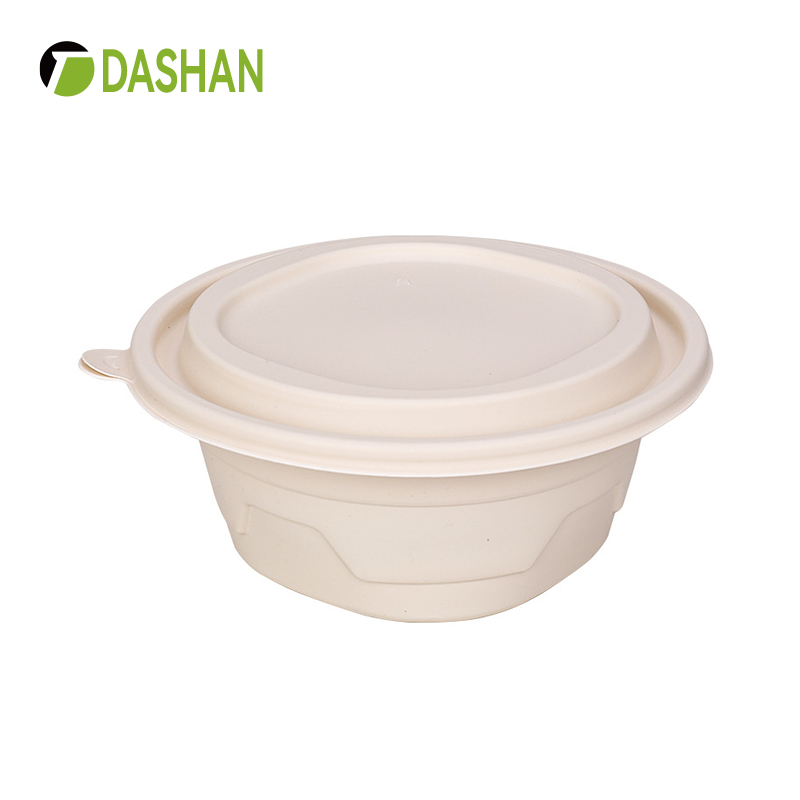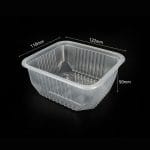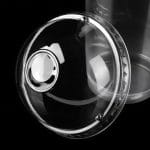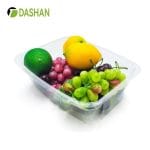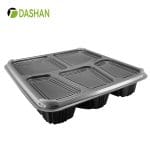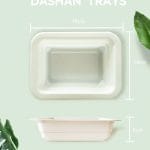In a world grappling with the consequences of plastic pollution, the search for sustainable alternatives has intensified. One such alternative that has been gaining prominence is the use of polylactic acid cups. These cups, made from biodegradable and compostable materials, offer an eco-friendly solution for reducing plastic waste. In this comprehensive article, we will explore the significant environmental challenges posed by traditional plastic cups, the properties and advantages of polylactic acid cups, and how they are contributing to the global efforts to reduce plastic waste.
The Plastic Predicament
The widespread use of plastic has led to a global environmental crisis. Single-use plastic products, such as cups, bottles, and bags, have inundated landfills and polluted oceans. These products, made from petroleum-based plastics, can take centuries to decompose, and they often end up as litter, harming wildlife and marine ecosystems. The environmental toll of plastic waste is a growing concern, prompting governments, industries, and consumers to seek more sustainable solutions.
The Impact of Plastic Waste
The consequences of plastic waste are far-reaching and alarming. Some of the key issues include:
1. Marine Pollution
Plastic waste is a major contributor to marine pollution. It is estimated that over 8 million tons of plastic enter the world’s oceans each year, leading to the degradation of marine ecosystems and harming countless species.
2. Microplastics
Plastics gradually break down into smaller particles known as microplastics, which have infiltrated the food chain, posing risks to human health and the environment.
3. Resource Depletion
The production of plastic cups and other single-use items consumes valuable fossil fuels and energy resources, contributing to environmental degradation and climate change.
4. Landfill Overflow
Overflowing landfills are a common sight in many parts of the world, with plastics occupying a significant portion of these sites. The accumulation of plastic waste in landfills poses a risk to soil and water quality.
Enter Polylactic Acid Cups
Polylactic acid (PLA) is a biodegradable and compostable bioplastic made from renewable resources, typically cornstarch or sugarcane. PLA has emerged as a promising alternative to traditional petroleum-based plastics, particularly for single-use items like cups, cutlery, and packaging. The use of polylactic acid cups presents a range of environmental advantages and is contributing to the reduction of plastic waste.
The Advantages of Polylactic Acid Cups
Let’s delve into the advantages of PLA cups and how they are helping address the environmental challenges posed by plastic waste:
1. Biodegradability
Polylactic acid cups are biodegradable, meaning they can be broken down by natural processes into carbon dioxide and water. This property significantly reduces the environmental impact of discarded cups compared to traditional plastic cups that persist for centuries.
2. Renewable Resources
PLA is derived from renewable resources, such as corn or sugarcane, which are abundant and can be sustainably produced. This contrasts with petroleum-based plastics that deplete finite fossil fuel reserves.
3. Reduced Carbon Footprint
The production of PLA has a smaller carbon footprint compared to the production of traditional plastics. This is due to the use of renewable resources and the reduced emissions associated with PLA manufacturing.
4. Compostability
Polylactic acid cups can be composted in industrial composting facilities. They break down into organic matter, contributing to nutrient-rich compost that can be used in agriculture. This promotes the circular economy and minimizes waste sent to landfills.
5. Recyclability
Some PLA cups are recyclable, offering another avenue to reduce waste. However, it’s essential to note that not all recycling facilities can process PLA, so access to appropriate recycling infrastructure is a consideration.
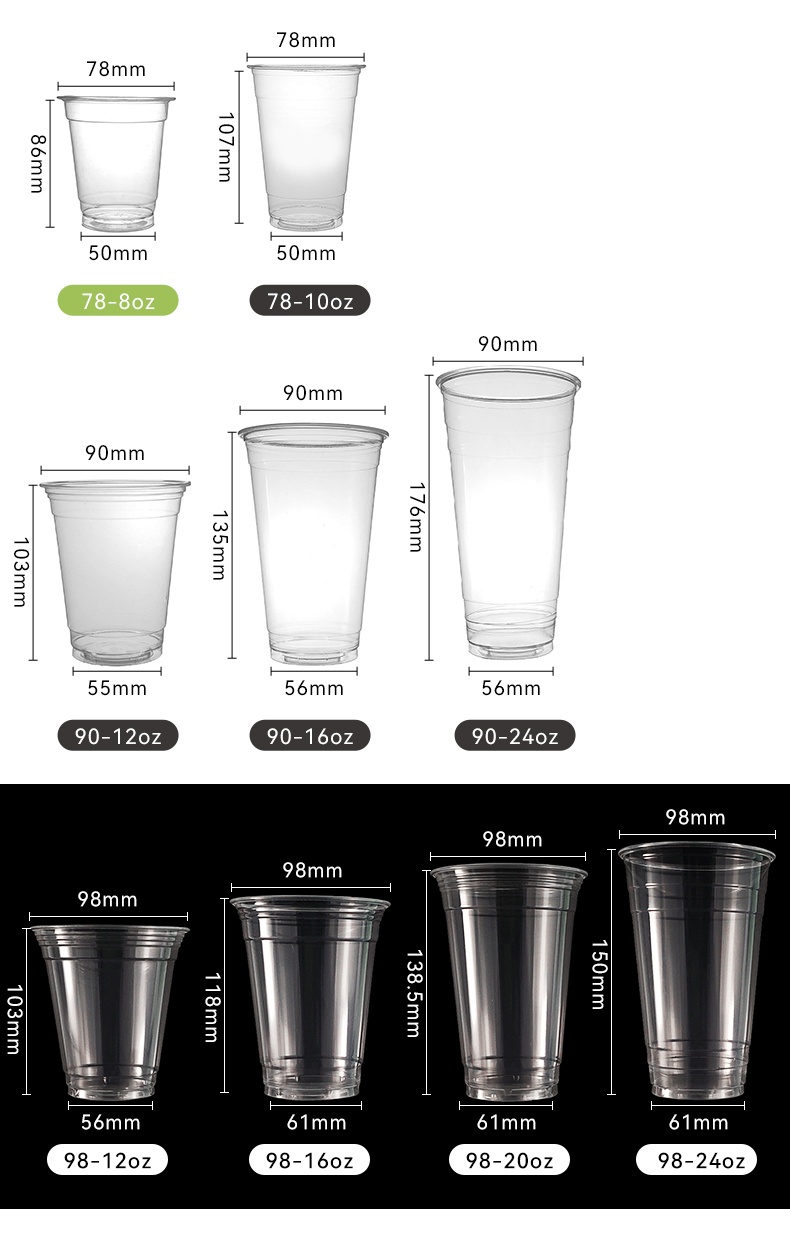
Applications of Polylactic Acid Cups
The use of PLA cups extends across a range of applications, from everyday consumer use to commercial and industrial settings. Some of the notable applications include:
1. Food and Beverage Industry
In the food and beverage industry, polylactic acid cups have become a popular choice for serving cold beverages, such as smoothies, iced coffee, and soft drinks.
2. Event and Catering Services
Events, catering services, and outdoor gatherings often opt for PLA cups to reduce the environmental impact of single-use drinkware. These cups are practical and eco-friendly choices for large-scale events.
3. Offices and Workplaces
Offices and workplaces are increasingly adopting the use of polylactic acid cups in their break rooms and cafeterias. The sustainability focus aligns with corporate social responsibility goals.
4. Retail and Cafés
Retail stores and cafes offering takeout drinks are making the switch to PLA cups to cater to environmentally conscious customers and reduce their contribution to plastic waste.
5. Educational Institutions
Schools, colleges, and universities are embracing polylactic acid cups in their cafeterias and campus events as part of broader sustainability initiatives.
6. Healthcare Facilities
Healthcare facilities, including hospitals and clinics, use PLA cups in patient care and for serving beverages to staff and visitors. The biodegradable and low-impact nature of PLA aligns with health and hygiene priorities.
The Road to Wider Adoption
While the use of polylactic acid cups is on the rise, there are several factors that contribute to their widespread adoption:
1. Consumer Awareness
Raising awareness among consumers about the environmental impact of single-use plastics and the benefits of PLA cups is a crucial step in encouraging their use.
2. Regulations and Policies
Government regulations and policies that encourage or mandate the use of sustainable alternatives to single-use plastics can significantly drive the adoption of PLA cups.
3. Market Availability
Ensuring the availability of polylactic acid cups in the market, along with competitive pricing, is essential for businesses and individuals to make the switch.
4. Infrastructure Support
Developing the necessary infrastructure for composting and recycling of PLA cups is a key factor in their sustainable use.
5. Education and Training
Providing education and training to industries and consumers about the proper disposal and recycling of PLA cups is vital to maximize their environmental benefits.
Conclusion
The use of polylactic acid cups represents a significant stride towards reducing plastic waste and mitigating the environmental impact of single-use plastics. With their biodegradability, renewable resources, and reduced carbon footprint, PLA cups offer a compelling alternative to traditional plastic cups. However, it’s essential to recognize that the adoption of PLA cups is not without its challenges, particularly concerning composting and recycling infrastructure.
As we continue to seek ways to address the plastic pollution crisis, PLA cups serve as a valuable example of how sustainable materials can contribute to a more environmentally responsible future. Their applications across various sectors, including the food and beverage industry, events, workplaces, retail, and healthcare, demonstrate their versatility and potential to replace traditional plastic cups.
The road to wider adoption of polylactic acid cups involves a collective effort from consumers, businesses, policymakers, and the industry to raise awareness, enact regulations, ensure market availability, and develop the necessary infrastructure. Education and training play a pivotal role in maximizing the environmental benefits of PLA cups, enabling us to make a significant impact in the ongoing battle against plastic waste.
As we navigate the complex landscape of environmental sustainability, the journey towards reducing plastic waste with polylactic acid cups represents a noteworthy step in the right direction. It is a reminder of our capacity to innovate and adapt to more responsible choices that benefit the planet and future generations.
Related Products


